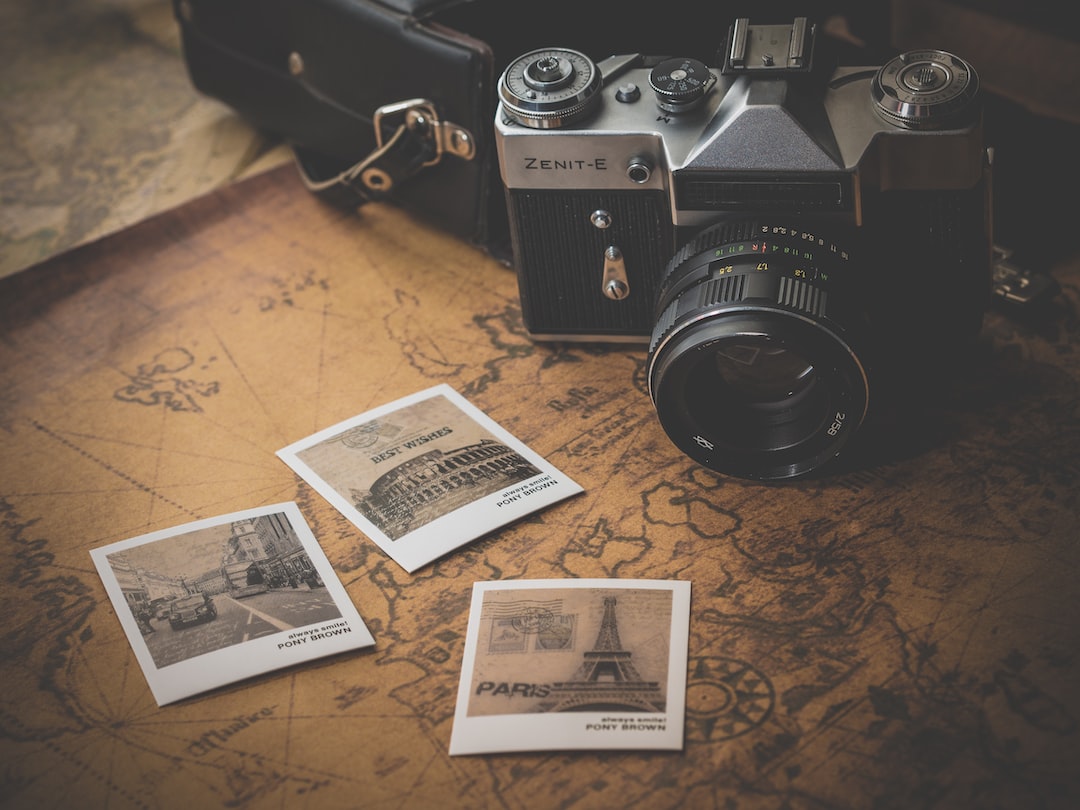Discover the innovative world of AI photography, where cutting-edge techniques and technologies blend to make artistic masterpieces.


Discover the innovative world of AI photography, where cutting-edge techniques and technologies blend to make artistic masterpieces.
Explore AI-enhanced photography products and techniques, revolutionizing the future of photography, and unlock your creative potential.
Discover a curated list of 10 AI-driven photography products to elevate your images, shaping the future of photography and enhancing your skills.
Explore AI photography’s journey from its inception to its current advancements and its potential impact on the future of smart cameras.
Discover how AI-driven solutions transform image enhancement with innovative tools and creative techniques for outstanding results.
Explore the fusion of AI and photography as smart technology revolutionizes the industry, from image processing to enhanced creativity.
Join our community of photography enthusiasts and receive the latest tips, tutorials, and gear reviews directly in your inbox. Elevate your photography skills with expert insights and creative inspiration from Wim Arys.